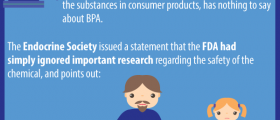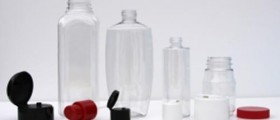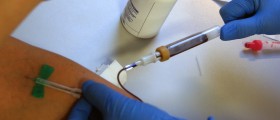
Each and every age in history has been distinguished by its most prominent features and discoveries that have taken place inside the designated time frame. Therefore, we have the Stone Age, the Bronze Age, the Iron Age. In this manner, the age we live in should then be referred to as the Plastic Age, and this is not just a silly claim, for there is not a single person in this world who does not come in touch with plastic in one form or another, and so on a daily basis too.
What have numerous research studies conducted by scientists and experts on this matter revealed is that one ingredient that is most frequently encountered in plastics is also Bisphenol A (BPA, for short). The substance in question is regarded as quite “important” due to the fact that discoveries point out that it resembles estrogen in each and every way. In addition, what have experiments also revealed is that this specific substance induces numerous ill effects on the reproductive system of rats, and does so at even lower levels and quantities than the greatest number of people comes in touch with on a regular and daily basis.
Direct implication of this is the fact that it is known that as much as 95% of adults living on the soil of the United States of America have a considerable quantity of BPA both in their blood and urine. One research study, conducted back in 2006, made a shocking discovery. Namely, when pregnant mice were injected with low quantities of BPA in the food they ate, these mice gave birth to offspring/s which exhibited highly evident genetic changes (e.g. inclination toward obesity and conditions alike). What's more, a research study conducted approximately one year later by the National Institute of Environmental Health Sciences, involving the examination of newborn female mice who were exposed to different levels of BPA up to the point of their mid-life, showed that those mice experienced numerous reproductive anomalies (e.g. ovarian cysts, uterine growths etc.), which were completely absent in the control group.
Implications
In terms of people, one evident upside is that our metabolisms do away with BPA in a much speedier way than rats and mice. This means that the chemical in question is expelled from the person’s body much faster, without any needles building up. However, a downside, quite concerning is that people are unfortunately, exposed to much greater quantities of this harmful substance than the mice, which is more than concerning.

















Your thoughts on this
Loading...